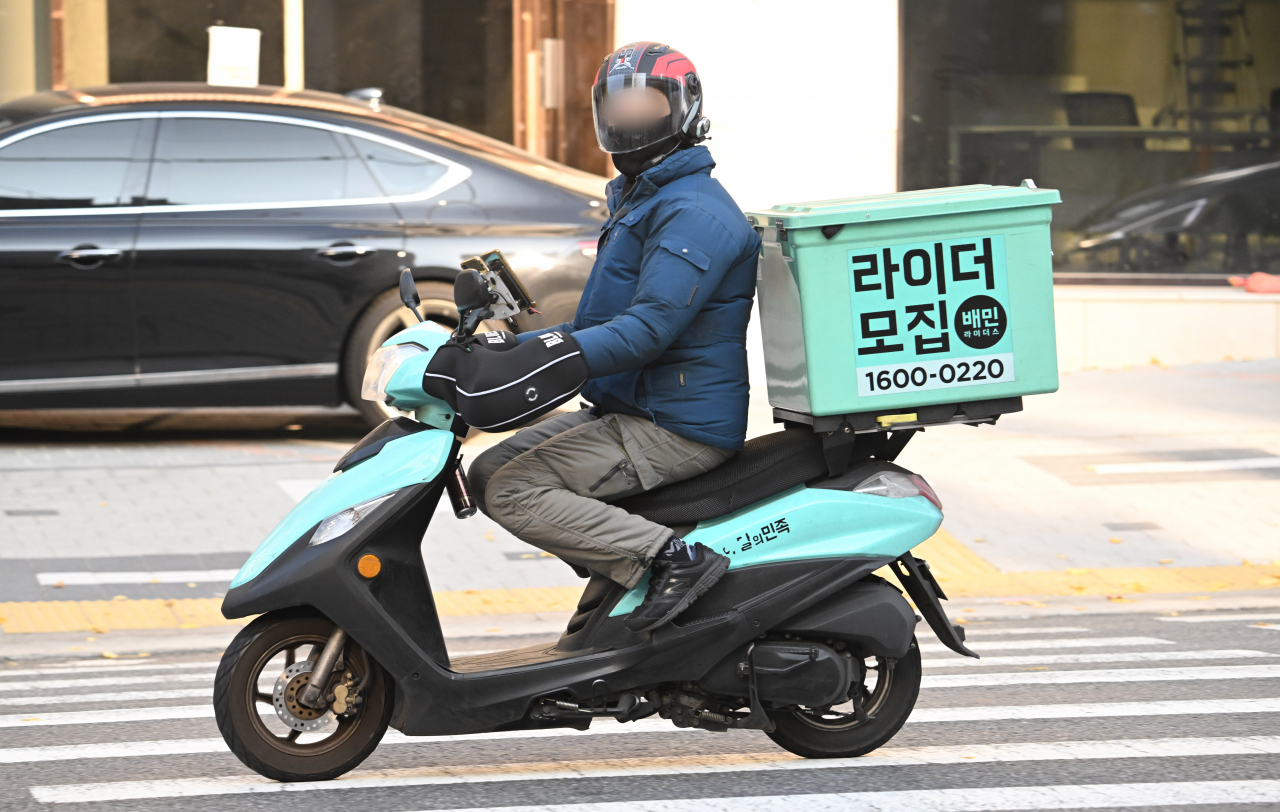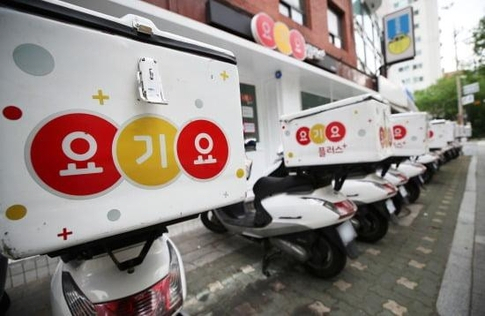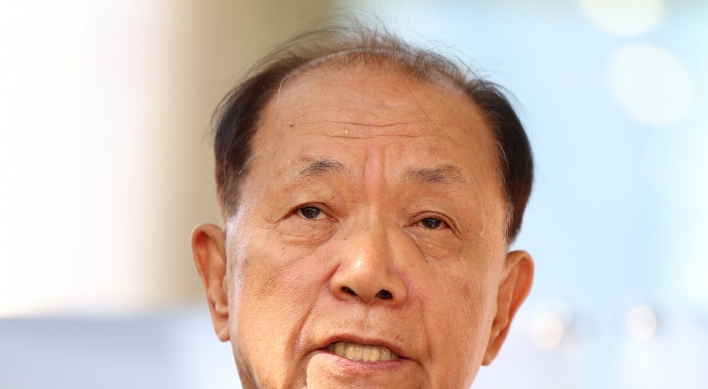Have food deliveries had their heyday?
Food delivery app operators struggle with triangular relationship of customers, riders, vendors
By No Kyung-minPublished : Aug. 15, 2023 - 15:44

During COVID-19, social distancing forced Koreans to eat at home, leading many to seek solace in the convenience of delivered food.
Now that life has essentially returned to normal, a new cost-benefit analysis is reshaping the food delivery landscape: declining numbers of orders, decreases in delivery jobs and increases in commissions, pushing up food prices and weighing down order volumes.
According to Mobile Index, the big data analysis unit of local data tracker IGAworks, the number of users that engaged with the three largest delivery platforms in May dropped by 8.2 percent compared to the same period last year, marking approximately 29 million users, a decline of 2.61 million.
Among the major delivery platforms, Coupang Eats suffered the steepest fall at 22 percent, while Baemin, the leading delivery service operator in the nation, saw a decline of 4.1 percent. Second-ranked Yogiyo experienced an 11 percent drop in the engaged user number.

‘Expensive delivery’
Recently, a 25-year-old woman surnamed Kim, who lives in Seoul’s Mapo-gu, balked at the fee charged by an delivery app for fried chicken.
“When I was infected with COVID-19 two years ago, I had no choice but to order food online under quarantine,” she said. “Yet, nowadays I don’t use food delivery services unless I really have to, mainly due to the expensive delivery fees.”
As of Aug. 11, the cost of a single box of fried chicken on Baemin was around 20,000 won ($15), while the delivery fee was an additional 4,000 won. Many vendors set a minimum order price at around 18,000-20,000 won.
Kim is not the only one who feels that way, as revealed in a report by the Korea Consumer Agency in February. The report indicated that 86.7 percent of the 300 respondents found Baemin's delivery fees to be too costly.
Though the dissatisfaction percentages were lower for other food delivery platforms like Yogiyo (75.3 percent) and Coupang Eats (56.7 percent), a clear majority of users were not content with the current cost of delivery services.
Delivery charges aside, food prices on delivery platforms tend to be higher than those at restaurants, some users complain.
“I realized that the price of fried chicken was a bit higher on the app,” Kim said.
According to local civic group Citizens United for Consumer Sovereignty, apart from the shared costs of delivery between customers and restaurant owners, restaurants are obligated to pay transaction fees to the platform operator, and some pay for promotion on the sites, all of which impacts the price.
Some vendors choose to adjust the share of delivery expenses, initially split evenly between both parties, in their favor. This results in the higher costs of the online orders.

Riders quitting food delivery
As higher delivery fees weigh down on orders, food service operators have come up with ways to help alleviate the financial burden on customers and vendors.
One initiative is Baemin's budget delivery service introduced in April, which gives users the choice between a more expensive but quicker single-order delivery and a multiple-order delivery that costs less, but typically takes longer, as a single driver delivers multiple orders in one trip.
In regard to the service, an official from Baemin expressed optimism about the advantages of the new service, stating that “it offers cheaper delivery fees for customers who typically pay higher delivery fees for single-delivery orders, and also for vendors, who have been burdened with a significant share of delivery costs.”
Compared to the stated benefits for customers, however, the new service has little to offer the drivers and store owners.
Store owners are not content with the service's fixed delivery cost, because the benefits go mostly to the consumer. Stores are given no flexibility on their share of the cost, which in some cases can be more than single delivery.
Riders say the money they receive from handling multiple orders does not make up for the extra time it takes.
Food delivery workers have been unhappy about platform operators, calling for an increase in the fees they earn for each order.
In May, the union of delivery riders requested an increase in the basic delivery commission from 3,000 won to 4,000 won, saying the rate has remained unchanged for nine years.
With a fixed rate per order fulfilled, declining orders has meant reduced income for riders, which is why platforms are now struggling with a decline in available riders.
To attract and retain more riders, Baemin and Coupang Eats have launched promotional events offering additional bonuses to riders who complete specific objectives.
Yogiyo introduced a flexible recruitment system called "Yogiyo Crew," targeting part-timers who can work in their free time. Similarly, Baemin and Coupang Eats have already implemented similar recruitment strategies.
Kim Dae-jong, a business professor at Sejong University, emphasizes the importance of finding a harmonious coexistence between delivery platform operators and delivery riders to foster a sustainable delivery service ecosystem.
"Maintaining this balance is crucial. If operators do not treat riders fairly, they may lose delivery personnel who could seek better job opportunities in the flourishing logistics industry,” Kim said. "At the same time, delivery riders should not expect the delivery platforms to solely bear the financial burden."
In addition to addressing the dynamics between operators and riders, Kim also offers insights on the behavior of consumers and vendors within the current digital platforms.
"Restaurant owners can benefit by leveraging the advantages of food delivery platforms to maximize efficiency," Kim explained. "Consumers should view delivery costs as the price of labor and then make informed judgments by carefully weighing the costs and benefits."





![[KH Explains] No more 'Michael' at Kakao Games](http://res.heraldm.com/phpwas/restmb_idxmake.php?idx=644&simg=/content/image/2024/04/28/20240428050183_0.jpg&u=20240428180321)












![[Herald Interview] Mistakes turn into blessings in street performance, director says](http://res.heraldm.com/phpwas/restmb_idxmake.php?idx=652&simg=/content/image/2024/04/28/20240428050150_0.jpg&u=20240428174656)
